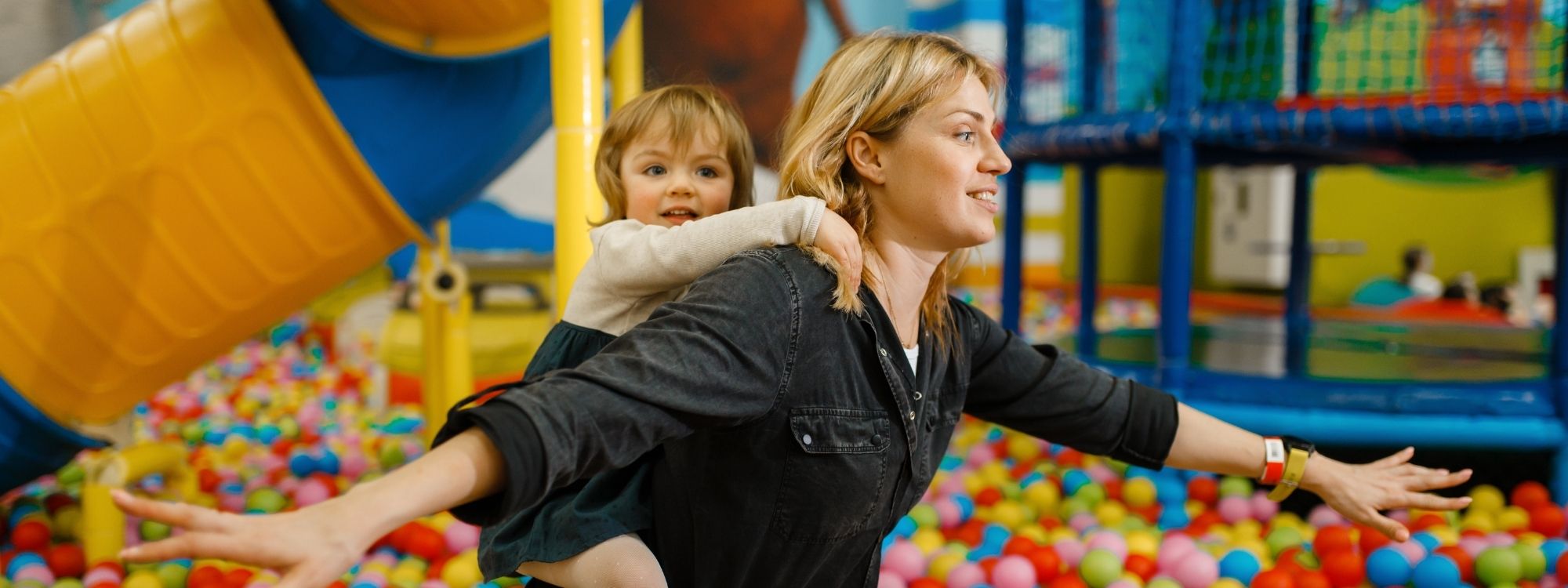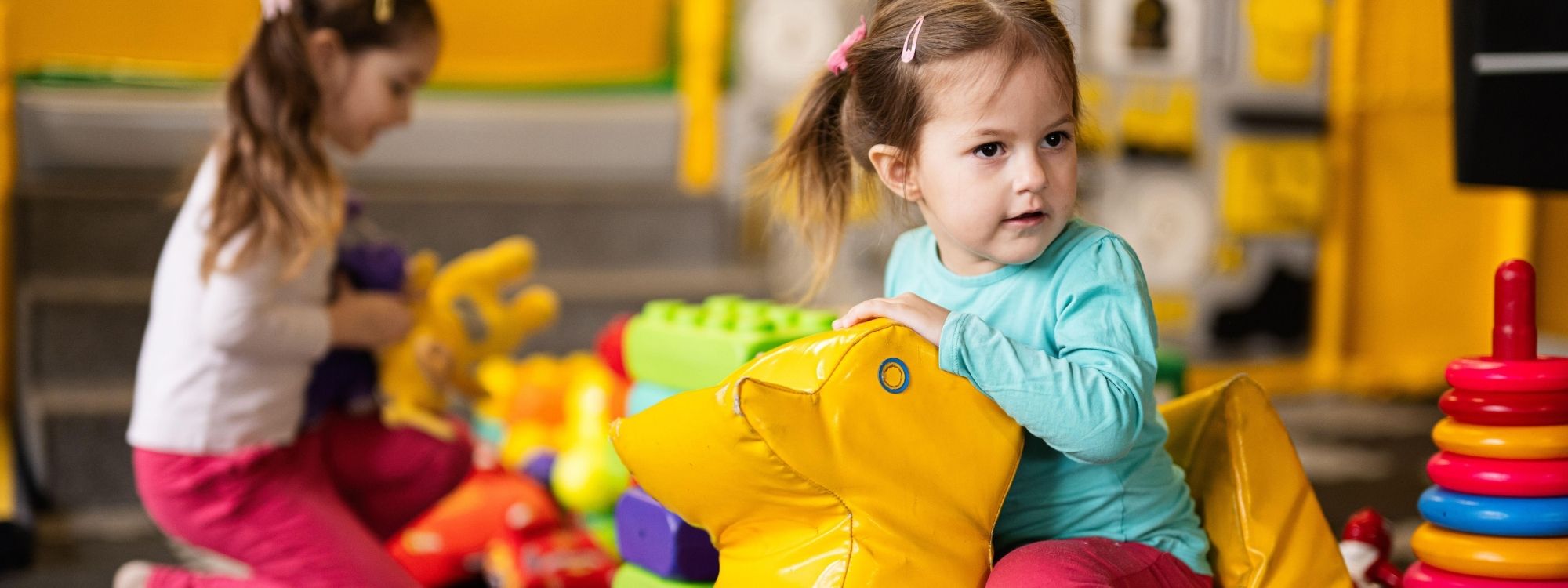Autism Communication Strategies That Help Children Thrive
Every parent wants to connect with their child, but for families navigating autism spectrum disorder (ASD), communication can feel especially challenging. Many autistic children experience communication challenges that impact how they express themselves, respond to spoken language, and participate in everyday life. Parents in Connecticut, Massachusetts, and Colorado often search for autism communication strategies that will strengthen their child’s communication skills and reduce frustration both at home and in the community.
Developing strong language and communication skills goes far beyond spoken words. It includes social interaction, body language, eye contact, gestures, and even respecting personal space. Building these essential life skills gives children the tools to communicate effectively, develop speech where possible, and use alternative or augmentative communication methods when verbal communication is difficult.
At Champions ABA, our mission is to enhance each child’s language development through individualized applied behavior analysis (ABA) programs. From diagnostic evaluations to parent and caregiver training services, our board-certified behavior analysts partner with families to create personalized communication strategies tailored to each child’s interests and abilities. For families in Connecticut, Massachusetts, and Colorado, Champions ABA provides compassionate, evidence-based support designed to help children thrive.
What Does Autism Mean for Communication?
Autism affects communication in a variety of ways. Some autistic children develop spoken language but may use repetitive language or struggle with conversational interaction skills. Others are nonverbal autistic children who rely on nonverbal communication like gestures, facial expressions, or assistive devices to share their needs.
Children with autism spectrum disorders often:
- Need more processing time to respond to verbal communication.
- Prefer visual supports such as visual schedules, pictures, or videos instead of spoken instructions.
- Use behavior, sound, or body movement to communicate needs.
- Struggle to interpret facial expressions, body language, or tone of voice.
It’s essential to understand that behavior can be a form of functional communication. A child who leaves a room may be signaling, “I need space,” just as a child who cries at mealtime may be expressing, “I don’t understand what’s happening.” When parents in communities like Stamford, Denver, or Boston-area towns recognize these differences, they can respond with strategies that match their child’s language and communication skills.
Effective Autism Communication Strategies at Home
Home provides a natural environment for children to build language skills and practice intentional and functional communication. Families who use structured, consistent strategies see improved language outcomes, reduced communication disorders, and stronger family relationships.
Using Visual Supports
Visual supports are one of the most powerful autism communication support tools. They make communication clear by using pictures, symbols, or written words instead of relying solely on spoken communication. Examples include:
- Visual or picture schedules that outline daily routines.
- First–then boards that show “First homework, play.”
- Choice boards that allow children to point to a preferred item.
Visual supports are especially helpful for nonverbal children and those with developmental disabilities who benefit from predictable routines.
Simplifying Language
Simplified language helps children process verbal communication without becoming overwhelmed. Instead of long instructions, use short, clear phrases like “Put shoes on” or “Time to eat.” Allow extra time for your child to respond and encourage intentional and functional communication with patience. This approach improves understanding, reduces frustration, and creates opportunities for children to develop spoken communication over time.
Creating Predictable Routines
Children thrive when they know what to expect. Predictable routines reduce anxiety and provide multiple opportunities to practice social communication skills. For example, a bedtime routine may include brushing teeth, choosing a story, and saying goodnight, offering repeated chances for children to use gestures, words, or assistive devices.
Tools That Support Nonverbal and Minimally Verbal Children
When verbal language is limited, alternative and augmentative communication (AAC) opens new possibilities. AAC does not stop children from developing spoken communication; instead, it builds confidence and supports language skills.
| Tool | When to Use | Example | How to Track Progress |
|---|---|---|---|
| PECS (Picture Exchange Communication System) | Early communication | Snack choice board | Count independent initiations |
| Speech-generating devices (SGDs) | Minimal verbal ability | Tablet-based AAC app | Track daily phrases produced |
| Sign language gestures | Motor skills intact | “More,” “Stop” | Record consistent use |
AAC provides autistic children with essential ways to interact with others, communicate verbally when possible, and reduce problem behaviors caused by unmet communication needs. Parents who learn to use these tools often notice immediate improvements in social communication and everyday life participation.
Strategies That Work Across Home, School, and Community
Consistency is critical for building a child’s communication skills. If a child learns to use a speech-generating device at home but not in school, frustration and setbacks can occur. That’s why strategies must be applied across environments.
- Home: Families integrate communication strategies into everyday routines such as meals, chores, and play.
- School: Parents work with teachers and speech-language pathologists to ensure visual schedules, AAC devices, and social narratives are included in IEP plans.
- Community: ABA therapists model communication strategies in real-world settings like playgrounds, grocery stores, or restaurants, helping children generalize their skills.
Families in Connecticut, Massachusetts, and Colorado benefit from Champions ABA’s ability to connect in-home ABA therapy with school and community coordination. Our Center-Based ABA Services also provide structured environments where children practice language and communication skills with peers.
Matching Strategies to Your Child’s Needs
No two autistic children are alike. Some may need help developing spoken communication, while others may rely more on visual or nonverbal communication. Matching strategies to your child’s profile ensures progress is meaningful.
- Nonverbal autistic children may benefit from AAC tools such as PECS or speech generation devices.
- Children who use echolalia (repeated phrases) can learn to turn those words into intentional and functional communication.
- Children with intellectual disabilities or limited attention may need strategies embedded in play to stay engaged.
Champions ABA emphasizes individualized care. Our diagnostic evaluations identify your child’s strengths, language abilities, and social interaction skills so that therapy can focus on achievable goals with the greatest impact.
How to Track Progress in Autism Communication
Measuring progress is essential for celebrating success and refining strategies. Parents can track a child’s communication development by recording:
- How many times does a child initiate communication daily?
- Whether the child communicates with fewer prompts over time.
- If skills generalize across settings, such as using words at home and then at school.
Champions ABA coaches families on collecting simple data, such as tallying spontaneous requests or noting when visual supports are used independently. These small measures provide valuable insights into whether strategies are improving communication skills and social interaction abilities.
The Role of Parent and Caregiver Training
Parent and caregiver involvement is one of the most effective ways to improve a child’s communication skills. While therapy sessions are important, children make the most progress when strategies are practiced consistently in everyday life. Parent training teaches families how to model verbal communication, use visual supports, and recognize nonverbal communication cues such as facial expressions, gestures, or body language.
At Champions ABA, our Parent & Caregiver Training Services focus on empowering families to feel confident in applying autism communication strategies at home, during community activities, and even in school meetings. Board-certified behavior analysts guide parents step by step, offering coaching on how to respond to challenging behaviors, reinforce functional communication, and adapt techniques to match a child’s language abilities. This hands-on support ensures that communication strategies are not limited to therapy sessions but become part of daily routines that build lasting skills.
Evidence-Based Practices That Support Communication
Families often hear about different therapies but may not know which ones are backed by research. Evidence-based practices (EBPs) are strategies proven to work for autistic children across developmental levels. Examples include:
- Pivotal Response Training (PRT): Uses a child’s interests and motivation to build language and social communication skills in natural settings.
- Video Modeling: Shows children how to use spoken language, gestures, or AAC devices by observing modeled behavior on a screen.
- Social Narratives and Stories: Provide written or visual scripts that prepare children for changes in routine, improving social communication, and reducing anxiety.
- Functional Communication Training (FCT): Replaces challenging behaviors with intentional and functional communication methods.
Research from autism support organizations highlights that using EBPs increases positive language outcomes and helps children generalize communication skills into everyday life. Champions ABA integrates these proven approaches into individualized ABA therapy programs, ensuring children receive interventions that are both effective and practical for real-world success.
Early Intervention and Communication Development
Research consistently shows that early intervention leads to better language and communication outcomes for children with autism spectrum disorder. Starting autism communication strategies at a young age helps children develop speech, social communication skills, and interaction skills before communication disorders become more limiting. Speech language pathologists and board-certified behavior analysts often work together to design plans that address both verbal and nonverbal communication.
For example, toddlers may respond well to visual or picture schedules, simple sign language gestures, or play-based pivotal response training. These strategies create opportunities for children to build language skills in everyday life, from requesting a toy to greeting a parent. Families who begin early often see faster progress in their child’s ability to communicate effectively across different settings.
Building Social Communication Skills Through Play
Play is one of the most natural ways for children to learn, and it provides a powerful foundation for communication growth. Many autistic children benefit from structured play sessions that target skills such as turn-taking, eye contact, and joint attention. By following a child’s interests, whether blocks, cars, or pretend cooking, parents and therapists can model spoken communication and expand verbal ability.
Play also creates opportunities to practice both verbal and nonverbal communication, including body language, facial expressions, and personal space awareness. Techniques like video modeling, facilitated communication, or social narratives can be embedded into play to help children connect language with real-life scenarios. Champions ABA encourages parents to use play as a daily tool for building their child’s social communication skills while strengthening bonds and reducing frustration.
Conclusion
Helping children build communication skills is one of the most powerful ways parents can improve their child’s quality of life. By introducing autism communication strategies such as visual supports, simplified language, AAC tools, and consistent routines, parents can help their children connect with the world, develop social communication skills, and thrive across home, school, and community.
At Champions ABA, we combine individualized ABA therapy, parent and caregiver training, and diagnostic evaluations to create communication strategies that truly fit each child. Families across Connecticut, Massachusetts, and Colorado trust our team to deliver consistent, evidence-based support at home, in our centers, and within the community. Contact Champions ABA today to schedule a consultation and discover personalized strategies that can strengthen your child’s communication and overall development.
FAQs
What are effective autism communication strategies?
Effective strategies include visual supports, simplified verbal communication, predictable routines, and AAC tools like PECS or speech-generating devices. These approaches improve social communication, reduce frustration, and help children communicate effectively across everyday life settings.
How can I help a nonverbal child communicate?
Nonverbal children often thrive with AAC systems, including PECS, sign language gestures, and speech generation devices. With consistency, these tools help nonverbal autistic children develop functional communication and, in many cases, support the development of spoken language.
What is AAC, and when should it be introduced?
Augmentative and Alternative Communication (AAC) includes communication books, apps, or devices that give children new ways to interact. AAC can be introduced when a child struggles to communicate verbally, often improving long-term language outcomes and social skills.
Do behaviors mean my child is trying to communicate?
Yes. Challenging behaviors often reflect unmet communication needs. Applied behavior analysis (ABA) interventions, including Functional Communication Training (FCT), teach children to replace problem behaviors with clear, functional communication skills that improve everyday life.



